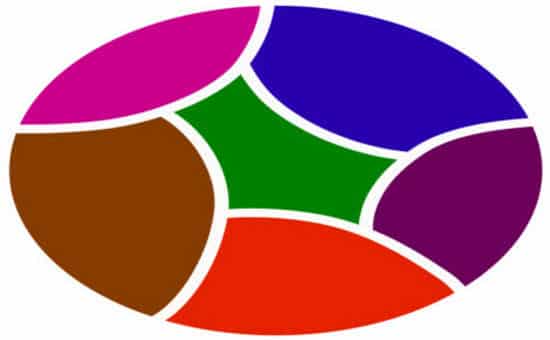MECE stands for “mutually exclusive” and “collectively exhaustive”
1. Background
MECE stands for “mutually exclusive and collectively exhaustive” and is one of the hallmarks of problem solving at McKinsey (The McKinsey Way by Ethan M. Rasiel).
2. Benefit of the MECE framework
You can use the MECE framework to help you think clearly about a business problem. The framework aids clear thinking in two ways:
- No overlap: categories of information should be grouped so that there are no overlaps, which helps to avoid double counting; and
- No gaps: all categories of information taken together should cover all possible options, which helps to avoid overlooking information.
3. MECE explained
MECE is a framework used to organise information which is:
- Mutually exclusive: information should be grouped into categories so that each category is separate and distinct without any overlap; and
- Collectively exhaustive: all categories taken together should deal with all possible options without leaving any gaps.
4. MECE tree diagram
The MECE tree diagram is a way of graphically organising information into categories which are mutually exclusive and collectively exhaustive. The diagram as a whole represents the problem at hand; each branch stemming from the starting node of the tree represents a major issue that needs to be considered; each branch stemming from one of these major issues represents a sub-issue that needs to be considered; and so on.
A major issues list should not contain more than five issues, with three being the ideal number (see Rule of Three). If you are not able to categorise a problem in 5 major issues there is always the option of creating a category of “other issues”.
The MECE framework can be applied to a lot of different business problems, for example, “what is the source of Coca-Cola’s declining global profitability?”. Coca-Cola could tackle this business problem by using a MECE tree diagram to help it locate the source of declining profitability.
5. Resources
Victor Cheng, former McKinsey consultant and creator of CaseInterview.com, indicates that:
The definitive book on this subject is the Pyramid Principle by Barbara Minto. It’s a book that describes an approach to communicating complex ideas in easy to understand ways. It is based on the MECE Principles and was a book often referred to and used while I was at McKinsey.
For more information on consulting concepts and frameworks, please download “The Little Blue Consulting Handbook“.


4 replies on “MECE Framework”
[…] Excel classes, for example, and we expose them to basic analytical techniques and terms such as “MECE” or regression analysis to understand the pipeline contribution of various artifacts, and cohort […]
[…] Excel classes, for example, and we expose them to basic analytical techniques and terms such as “MECE” or regression analysis to understand the pipeline contribution of various artifacts, and cohort […]
[…] acronym for this analytical scrutiny is called “MECE”. It ensures the cost and revenue calculations that sum up to a higher-level node are complete […]
[…] For example: “you will be able to use the skills you learn in this presentation on the MECE Framework in your next presentation, client meeting or research […]